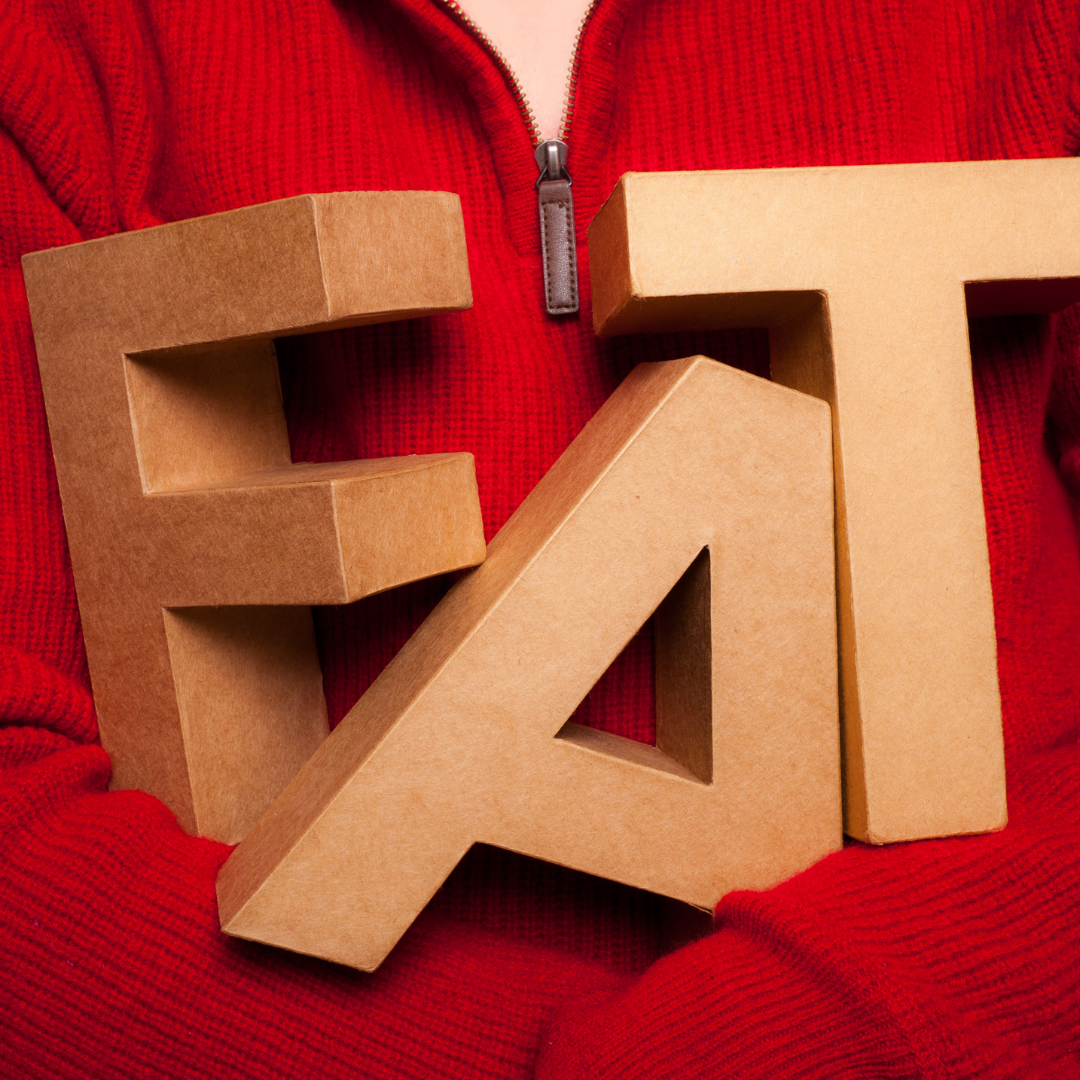What Type of Workout(s) Should I Be Doing?

We humans always feel the need to complicate things. Never is this more apparent than when it comes to trying to lose weight and get in shape.
People are always looking for that perfect workout. That perfect diet. One day it’s HIIT., One day it’s barre, One day it’s yoga, etc., etc. If this sounds like you then let’s stop for a second and take a deep breath in through your nose. Hold it for a count of 4 seconds. Then slowly exhale through your mouth for 4 seconds. OK, feel better now?
Here is the deal. I am going to break this down as simply as possible. At the end of the day, unless you are training for a specific sporting event, race, etc, it isn’t any more complicated than what I am about to tell you.
If you are currently only doing “cardiovascular” training such as running, cycling, etc. then add some weight training and yoga/mobility/flexibility training 2-3 times per week for 30-60 minutes.
If you are a meathead currently clanging and banging the weights away at the gym, then add some HIIT and/or cardio training as well as some yoga/mobility/flexibility training 2-3 times per week for 30-60 minutes.
If you are currently only doing Yoga, then add some strength training and cardiovascular or HIIT training 2-3 times per week for 30-60 minutes.
If you currently only lift and do cardiovascular or lift and do H.I.I.T. then add yoga 2-3 times per week.
Understand where I am going with this?
Don’t have 30-60 minutes a day to do this type of training? Then do 15-30 minutes.
Don’t have time for a full yoga class? Then pick out 1-2 short yoga flows of 10-15 minutes that focus on your whole body and add them to the end of your other workout routines or do them just before bed to relax.
Don’t have time for HIIT or Cardio then add it for 10-15 minutes at the end of your weight training workout.
Get the idea?
The exact workout program doesn’t make a ton of difference if
- You are training your whole body
- You work out hard each workout
- The workout is challenging and gradually increases in difficulty
- It is done consistently
If your workouts include all the above, then in a short time you will see results.

There is no perfect workout routine. The key for optimal health and performance is to make sure that you do some form of resistance/strength training, HIIT or cardio training and yoga/mobility/flexibility to keep your body looking and functioning optimally.
It doesn’t need t be fancy or complicated. Simple, challenging, and consistent is all that really matters.
If you’re not sure how to do any of these types of exercise, then hire a coach to help get you on the right track.
Yours in health.
Kevin








